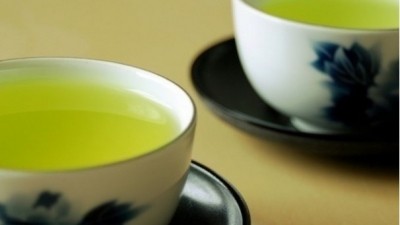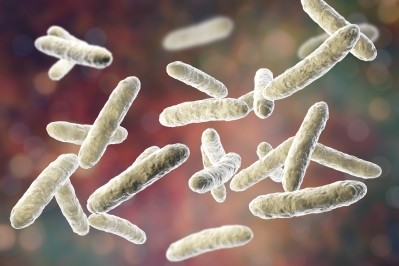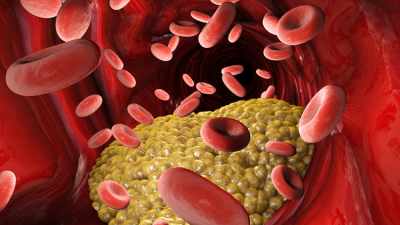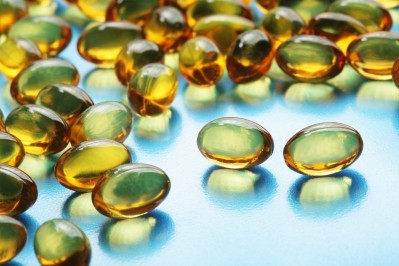Polyphenol blend may be able to reduce blood pressure, according to study
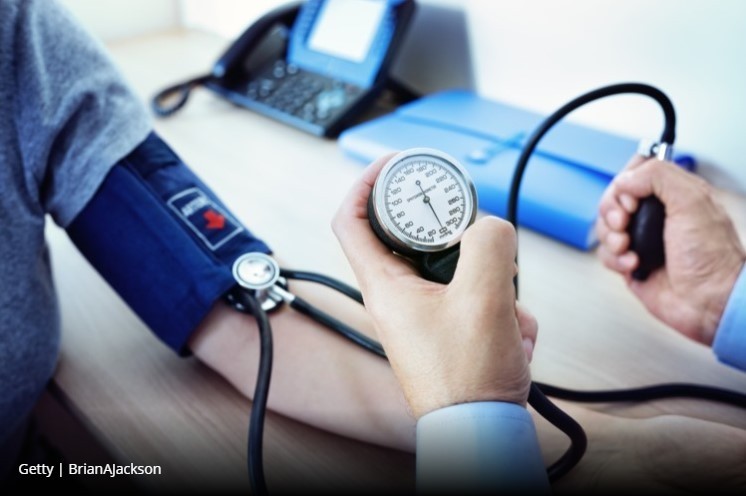
The team found the daily consumption of Monteloeder’s Metabolaid extract may have reduced BP with notable results observed in the daytime, where systolic BPs showed a 5% decrease.
“We are extremely encouraged by the results of this study and the expanded scientific evidence for the use of Metabolaid in support of cardiovascular health, and its potential role in helping to reduce the incidence of high blood pressure worldwide,” said Jonathan Jones, Chief Scientific Officer at Monteloeder.
“This represents a significant milestone in our ongoing commitment to science, innovation, and evidence-based ingredients.”
HS and LC have attracted much scientific interest for their potential use in the treatment of metabolic syndrome. In particular, HS and LC appears to exert a potent antihypertensive capacity.
Previous studies using MetabolAid previously reported a significant hypotensive effect, albeit using single blood pressure measurements in placebo-controlled clinical trials.
The research team based at the San Antonio Catholic University of Murcia (UCAM) in Spain cites a study that recognize the ingredient’s high content of polyphenols, powerful antioxidant molecules that may be useful in many diseases such as hypertension, oxidative stress, dyslipidemia, lipid mobilization, and endothelial stiffness.
Study details
In the Monteloeder-funded study, the team began evaluating the supplementation of Metabolaid extract vs. placebo in 80 unmedicated, slightly hypertensive subjects for 84 days.
The blood pressure (diastolic, systolic, and pulse pressure) was measured throughout the day, for each of the days of the study duration.
Physical activity was determined throughout the study to ensure similar conditions related to exercise.
MetabolAid consisted of a capsule, including a mixture of 500 mg of HS-LC extracts (175 milligrams (mg) of HS and 325 mg of LC), leading to high quantities of verbascoside and anthocyanins, respectively.
The placebo capsules contained 500 mg of crystalline microcellulose, maintaining the same aspects as the product under study.
The total polyphenolic composition was represented by phenylpropanoids (16% of the total dry weight) and anthocyanins (3.5% of the total dry weight).
In addition, four main phenolic compounds were identified; two phenylpropanoids (verbascoside and isoverbascoside) and two anthocyanins (delphinidin-3-O-sambubioside and cyanidin-3-O-sambubioside).
Findings revealed the daily consumption of the HS-LC extract but not the placebo over 84 days was able to reduce the daytime parameters related to blood pressure.
‘The most remarkable results’
The team found the most remarkable results were observed in the measurements performed during the daytime, especially in the systolic blood pressure showing statistically significant variation.
“The systolic BP was reduced, which may be explained by the vasodilator capacity of polyphenols,” the team explains.
“However, the higher presence of a certain type of polyphenol and the differences in their chemical structure appeared to influence their bioavailability and bioactivity, which can, therefore, determine the final hypotensive effect.
“For example, the anthocyanin ponidine and certain flavonoids, such as cyanidin, catechin, and epicatechin, were able to generate apocynin-analogous compounds via catechol-O-methyltransferase, which is a known vasoactive compound.”
The team, which includes researchers from the Biomedical Research Institute of Murcia, put forward a number of Mechanisms of Action (MoA)to explain the extract’s efficacy.
One MoA of the polyphenols presented in the nutraceutical used in the study (catechins and epicatechins) could be an increase in endothelial nitric oxide synthase (ONSe), resulting in enhanced endothelium-dependent vasodilation.
Another mechanism of action that may explain the decrease in blood pressure is the possible inhibition of the angiotensin-converting enzyme and, thus, the reduction of angiotensin II and its hypertensive mechanism.
Source: MDPI
Published online: doi.org/10.3390/molecules26061783
“A Randomized, Double-Blind, Placebo-Controlled Trial to Determine the Effectiveness of a Polyphenolic Extract (Hibiscus sabdariffa and Lippia citriodora) for Reducing Blood Pressure in Prehypertensive and Type 1 Hypertensive Subjects.”
Authors: Javier Marhuenda et al
